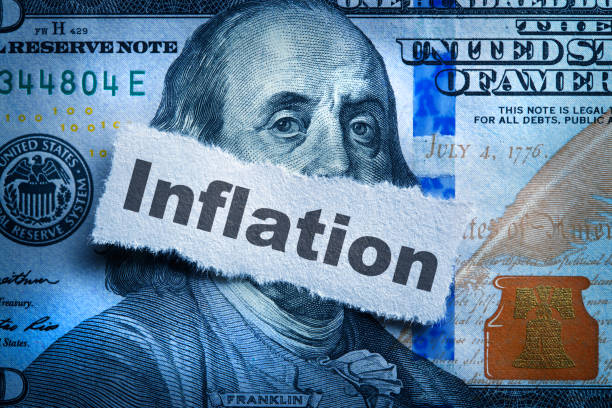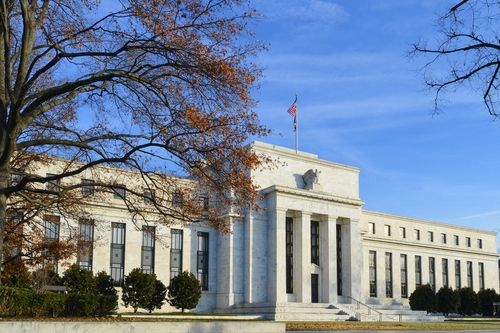US inflation figures interpreted as dovish – Commerzbank


Yesterday's eagerly awaited US inflation figures led to a significant weakening of the USD. Rather than heading towards 1.16, EUR/USD is back on track for 1.17 this morning, Commerzbank's FX analyst Michael Pfister notes.
The bulk of the price shock is likely to hit US consumers
"However, market participants were initially unsure where the figures would take them. This is understandable, given that the figures sent mixed signals. The year-on-year headline rate came in 0.1 percentage points lower than expected; the year-on-year core rate was 0.1 percentage points higher than expected; and the two month-on-month rates were in line with expectations."
"So why the dovish reaction? After all, between three and nine basis points of additional interest rate cuts were priced in over the next eight Fed meetings. Market participants apparently focused on the fact that the core goods component was not the decisive factor; rather, the upward surprise in core inflation was driven more by services. This probably alleviated market concerns about the impact of tariffs, as the effects of these are likely to be seen primarily in this component."
"However, delayed does not mean cancelled. Currently, companies still seem to be absorbing most of the tariffs. The recently announced higher tariffs only came into force last week, although Donald Trump's recent statements suggest that further tariff pressure is likely. The fact that it is taking longer than expected does not mean that the all-clear can be given. The bulk of the price shock is likely to hit US consumers, even though Trump vehemently denies this. At the very latest, the combination of political pressure on the Federal Reserve's independence and increased inflation risks will have an even stronger negative impact on the US dollar by then."







